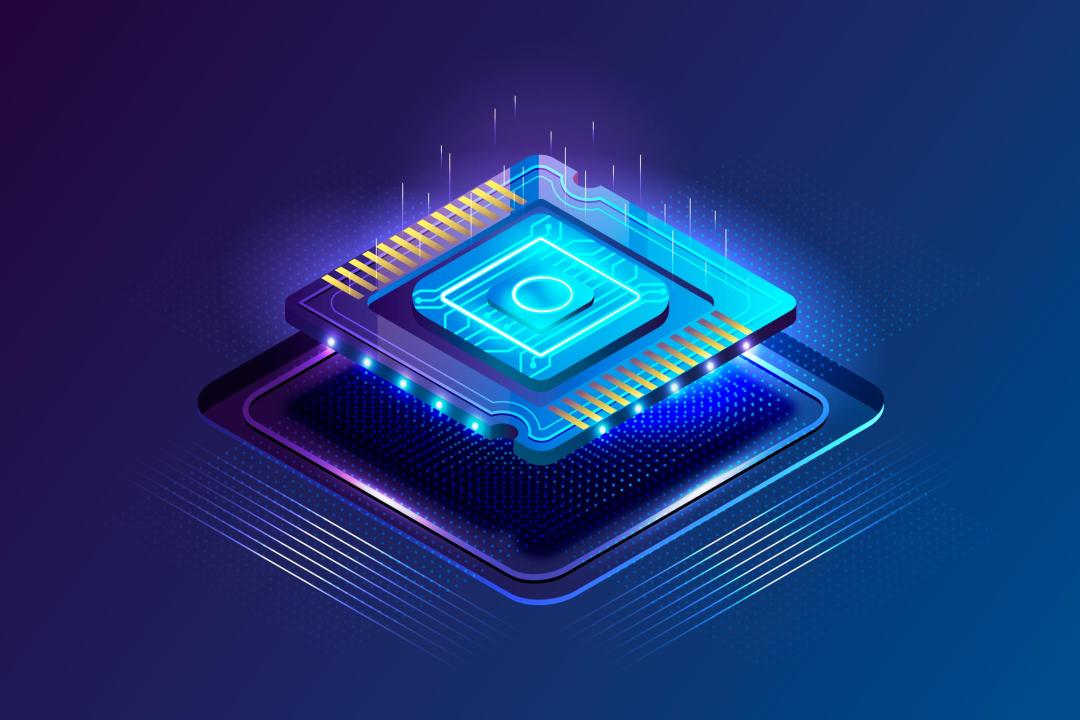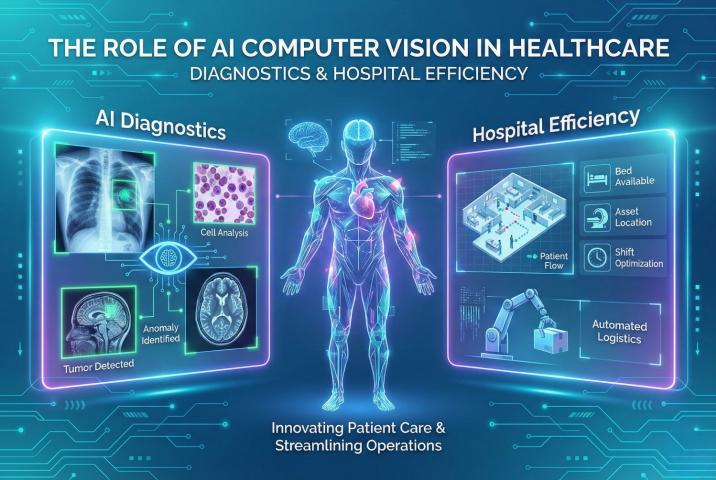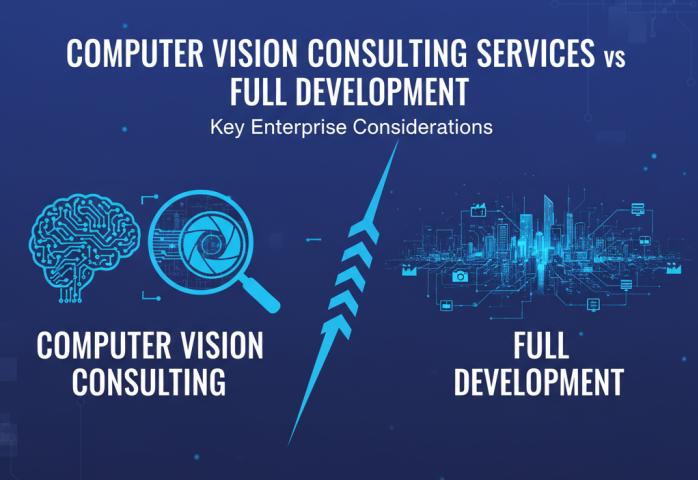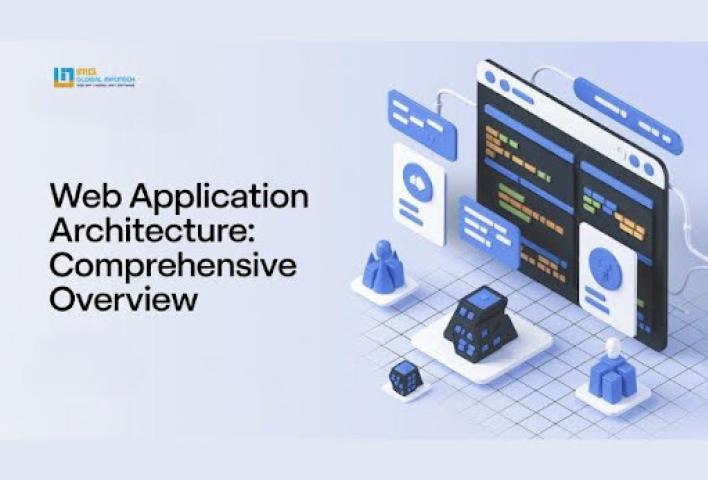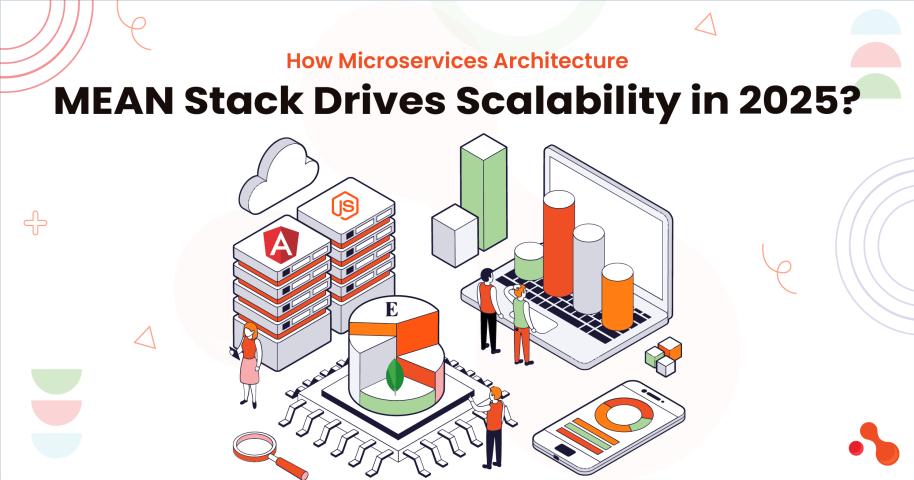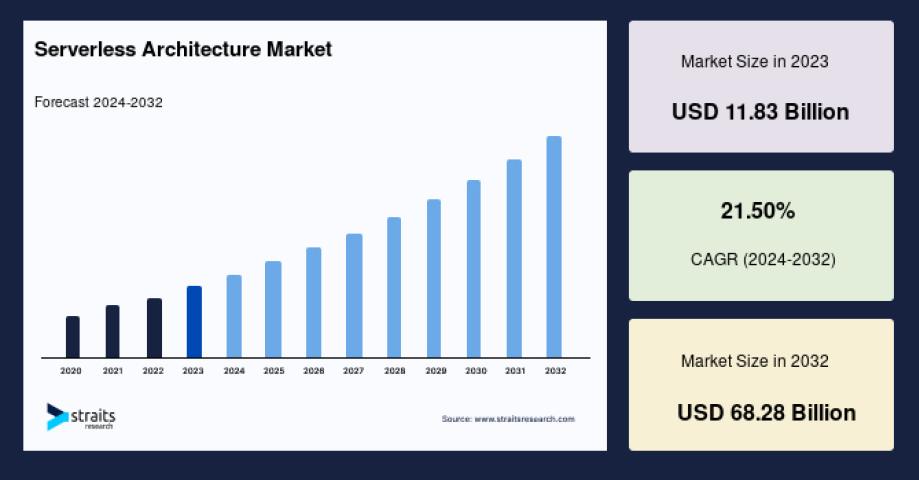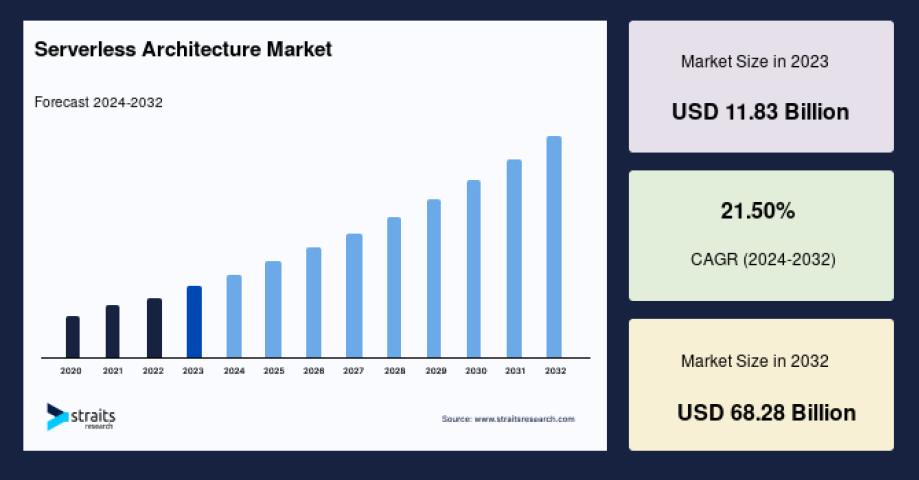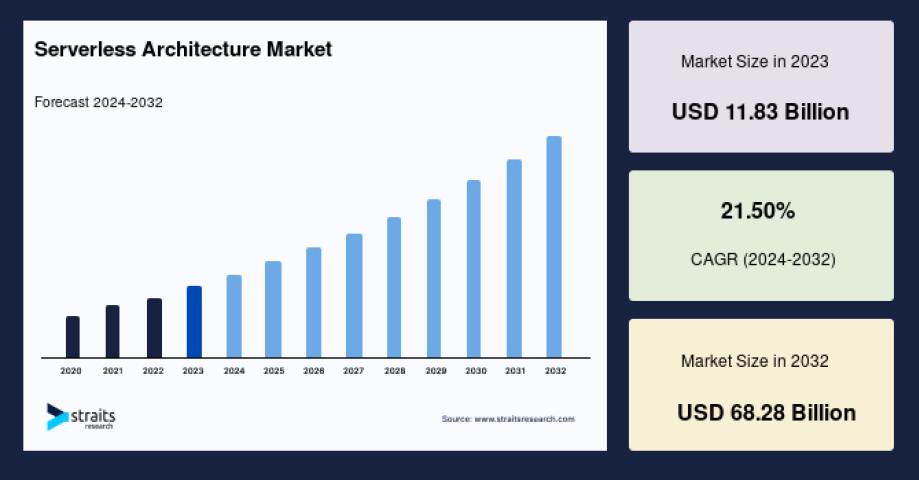As technology continues to evolve at a rapid pace, computer architectures—the fundamental designs behind our computing systems—have undergone significant transformations. In this article, we’ll explore the key trends and current state of modern computer architectures as of 2025.
1. Heterogeneous Computing
One of the most prominent developments in recent years is the shift toward heterogeneous architectures. Traditional CPUs are increasingly being supplemented (or even replaced in specific tasks) by GPUs, TPUs (Tensor Processing Units), FPGAs (Field Programmable Gate Arrays), and custom accelerators.
CPUs: Still the general-purpose workhorses, with advancements in core count and energy efficiency.
GPUs: Essential for parallel processing tasks like graphics rendering, scientific computing, and especially AI workloads.
TPUs & AI Accelerators: Specialized for deep learning, these chips are now common in both cloud infrastructure and edge devices.
FPGAs & ASICs: Used in high-performance applications like networking, security, and fintech due to their ability to be tailored to specific workloads.
2. Chiplet-Based Design
Rather than building a monolithic processor, modern architectures are moving towards chiplet designs, where different functional units (like CPU cores, memory controllers, and IO) are packaged together.
This enables better yields, modularity, and the possibility to mix and match technologies.
AMD’s Ryzen and Apple’s M-series chips are notable examples that leverage this design.
3. Arm vs. x86: The Ongoing Battle
The dominance of the x86 architecture (used by Intel and AMD) is being challenged by Arm-based processors, which offer better power efficiency.
Apple’s M-series (based on Arm) has shown that high performance and energy efficiency can go hand-in-hand.
Arm-based servers are gaining traction in data centers due to reduced power and cooling requirements.
4. Quantum and Neuromorphic Computing (Early Stages)
While still largely in the research phase, quantum computing and neuromorphic chips represent future paradigms:
Quantum computers are being tested for tasks like cryptography and complex simulations.
Neuromorphic chips, which mimic the brain’s structure, are being explored for ultra-low-power AI applications.
5. Security at the Architectural Level
With increasing cyber threats, security is now being embedded directly into hardware. Modern CPUs include:
Trusted Execution Environments (TEE) like Intel SGX and AMD SEV.
Speculative execution mitigations after vulnerabilities like Spectre and Meltdown were discovered.
6. Energy Efficiency and Sustainability
Sustainability is now a design priority. Technologies such as dynamic voltage and frequency scaling (DVFS), advanced cooling systems, and power-aware scheduling are becoming standard.
Conclusion
Modern computer architecture is more diverse and complex than ever. With advances in heterogeneous computing, chiplet design, and energy efficiency, we're moving toward systems that are more powerful, modular, and adaptable. As AI and cloud computing continue to grow, expect architectures to evolve even faster, pushing the boundaries of what machines can do.
